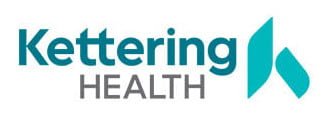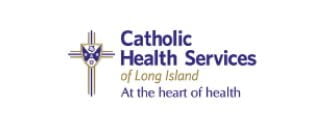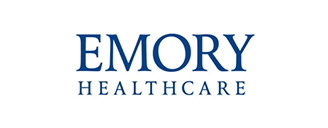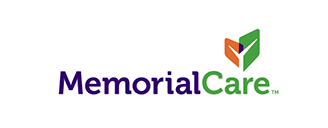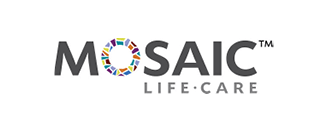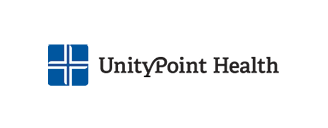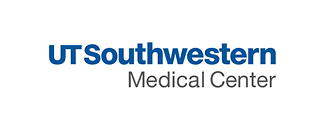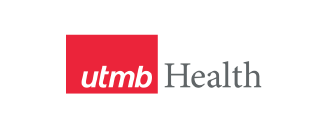Introduction
Healthcare workforce challenges were the number one concern for hospital CEOs in 2023. These include widespread employee shortages, increased burnout, and high turnover rates, among other issues.
Workforce challenges have downwind consequences that affect health systems’ bottom lines and everything in between. By investing in key strategies, the healthcare industry can better overcome staffing challenges, improve patient outcomes, and support healthier margins.
Effects of healthcare workforce challenges
Healthcare workers are leaving the industry at increasing rates. According to one survey, a third of healthcare workers intend to leave their job in the next year. 14 percent of those surveyed plan to leave the healthcare industry entirely.
Meanwhile, many health organizations lack a robust talent pipeline to fill these gaps. This is partially fueled by increased competition for recruits from healthcare staffing agencies.
Departures from the healthcare industry place additional burden on the staff that remain. To illustrate, employee burnout and turnover are at record highs. In 2022, 46 percent of healthcare workers reported feeling burned out “often” or “very often.”
Employee woes can bring additional challenges that compromise the entire health system and even lead to worsened patient outcomes. For example, a CDC investigation found that staffing shortages were directly correlated to an increase of in-hospital infections in patients.
In addition, the lack of appropriate staff can cause disruptions to care across the industry. Understaffed emergency departments, for example, often struggle to manage patient loads, leading to overcrowding and longer wait times.
Likewise, health organizations are more frequently delaying elective and non-elective surgeries, resulting in worse surgical outcomes and surgery backlogs.
Strategies to improve healthcare workforce challenges
Lackluster recruitment and retention in healthcare has been a top concern for hospitals for several years in a row. A trend that underlines the critical need for new strategies to prioritize provider wellbeing and attract top talent.
There’s a vast financial incentive to put providers first as well. The cost of healthcare employees leaving the field due to burnout alone is estimated at $4 billion annually.
There are several ways health organizations can invest in their workforce to improve employee retention, recruitment, and wellbeing.
First, health systems can boost recruitment efforts by offering more competitive salaries and benefits to employees. These benefits can include referral and sign-on bonuses, relocation compensation, and student loan support, to name a few.
Second, health systems can lend more support towards their current employees to reduce burnout and improve retention. This can involve direct means of support such as childcare, flexible scheduling, and paid time off.
In addition, broader changes to workplace culture can further promote employee wellbeing. One study found that, by allowing clinicians to focus 20 percent of their time on what mattered most to them, health systems reduced burnout by 50 percent.
Health organizations can facilitate each of these initiatives with organizational data. For example, data from human resources on employee retention, hiring timelines, and other key metrics can inform strategic decisions to improve hiring and retention.
Conclusion
Healthcare professionals are foundational to the success of the healthcare system at large. Investing in a healthier workforce is key to healthier patients and a healthier, more sustainable hospital system.
Competitive compensation, employee support systems, and informed decision making can all help health organizations build a more resilient workforce while improving their bottom lines.
About VPL
We modernize clinical supply chains to support healthier patients. Our technology-driven solutions and consultative customer experience empower health systems and outpatient pharmacies to build smarter, more resilient supply chains. With over 700 hospitals and a 97% customer retention rate, we’re trusted to deliver transparency, cost savings, and peace of mind.

